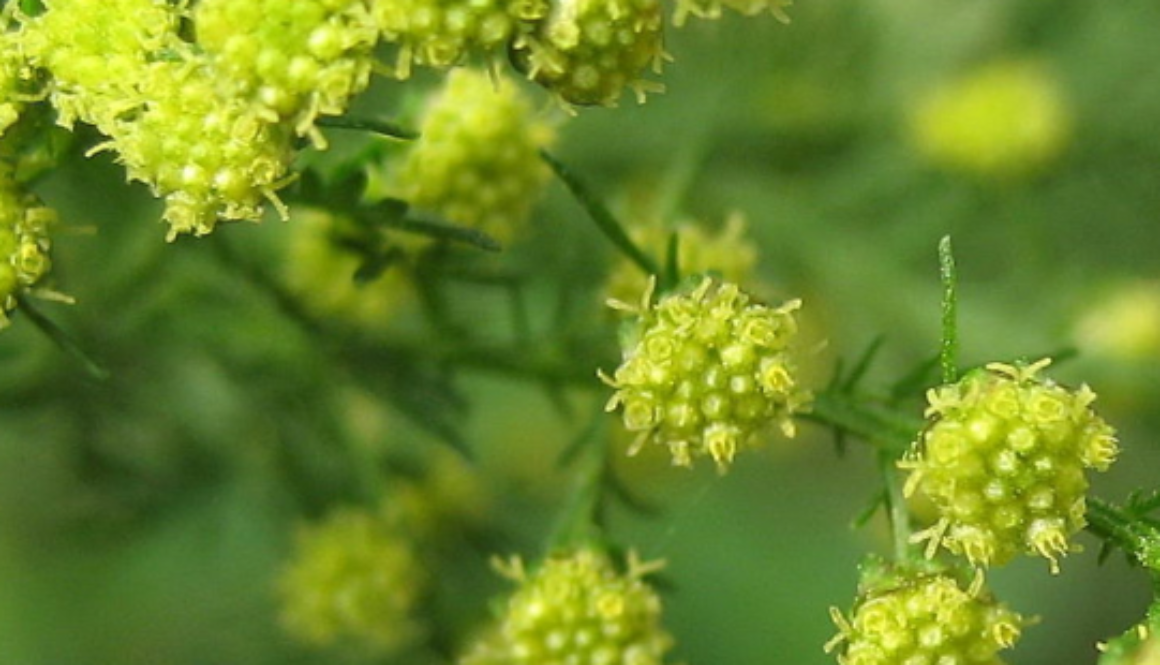Sweet sagewort
Tinospora, scientifically known as Tinospora cordifolia, is a climbing shrub native to the tropical regions of India, Sri Lanka, and Myanmar. Also referred to as “Guduchi” or “Amrita” in Ayurvedic medicine, Tinospora has been revered for centuries for its potent medicinal properties and therapeutic benefits.
Parts Used:
The stem of the Tinospora plant is the primary part used for its medicinal properties. It contains bioactive compounds such as alkaloids, glycosides, and flavonoids, which contribute to its immune-boosting, anti-inflammatory, and antioxidant effects.
Usage:
Tinospora is widely utilized in Ayurvedic medicine to bolster the immune system, combat infections, and promote overall health and well-being. It is commonly prescribed for respiratory ailments such as coughs, colds, and asthma, as well as for digestive issues like indigestion and diarrhea. Additionally, Tinospora is valued for its ability to reduce inflammation, alleviate joint pain, and support liver function. It is often consumed as a decoction, powder, or extract for its therapeutic benefits.
Agrotechniques:
Cultivating Tinospora requires a warm, humid climate with well-drained, fertile soil. The plant thrives in partial shade and requires regular watering to maintain soil moisture. Tinospora can be propagated from stem cuttings or seeds, with stem cuttings being the preferred method for faster and more reliable growth. Planting should be done during the rainy season, and spacing between plants is recommended to allow for proper growth and development. Regular pruning helps manage the plant’s vigorous growth and encourages branching. Harvesting of stems can be done once they reach maturity, typically after about 1-2 years of growth, ensuring a sustainable supply of this valuable medicinal herb.

